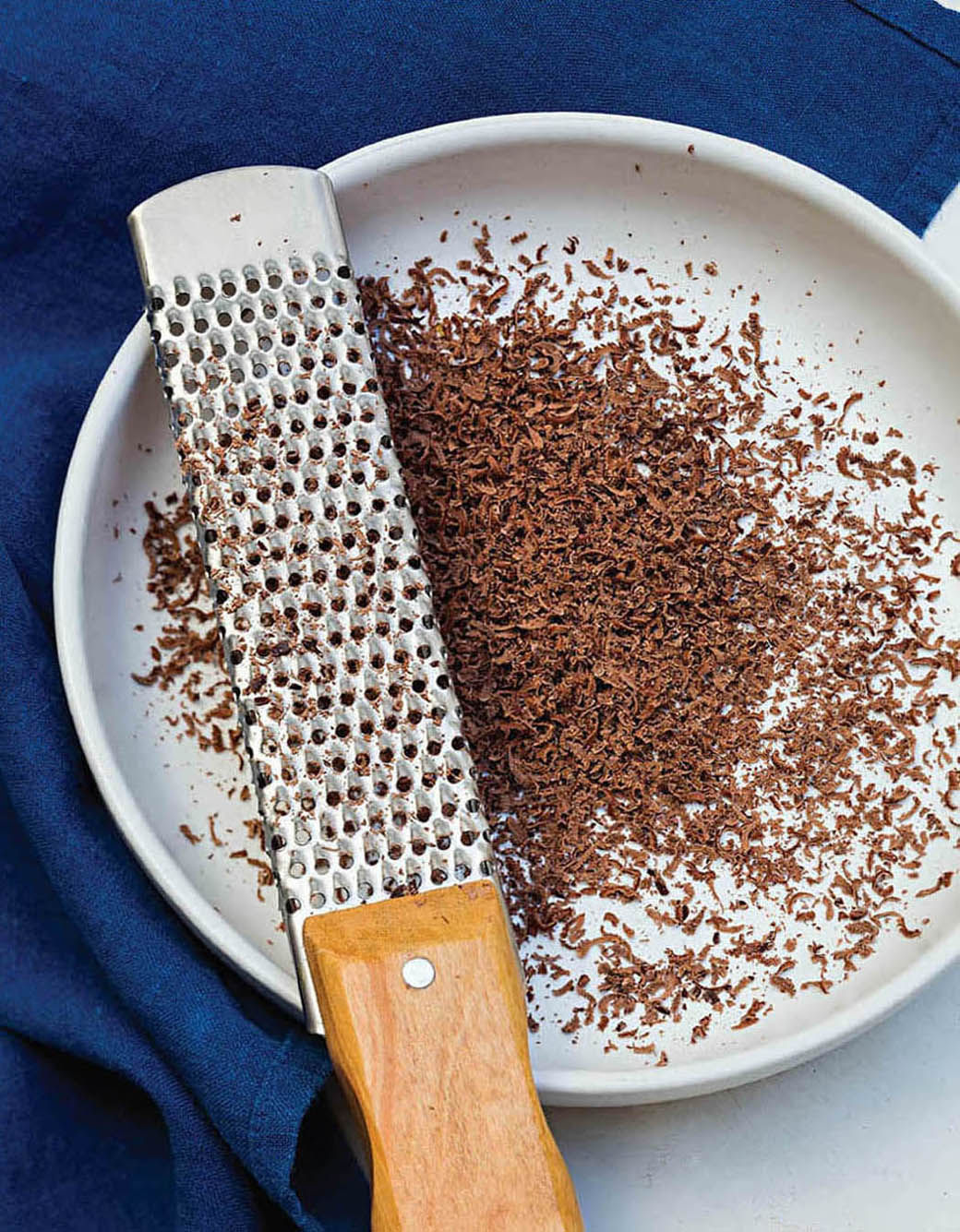![]()

When the summer months roll around, as much as I can, I try to avoid turning on the oven. Set desserts are a great answer here, calling on the refrigerator rather than the heat of the oven to firm up the ingredients. It also means I can make them in advance, a necessity when I have a house full of guests or students. There are two classic ways to “set” a dish: with gelatin and with chocolate.
SETTING WITH GELATIN
Gelatin is a little like yeast in that it inspires fear in even the most confident of cooks. But with the right guidance and following a few simple rules, gelatin is very easy to use.
Gelatin comes in two forms: powder and sheet (or leaf) gelatin. Sheet gelatin is more common in Europe, while the powdered version is the easiest to come by in the United States. The right gelatin-to-liquid ratio is essential to making a dessert with a pleasing mouthfeel (not too sloppy and not overly set), and I have found that using 1 packet of powdered Knox brand gelatin in my master panna cotta recipe turns out perfectly set desserts every time. For conversion to sheet gelatin, see the note in the Lemon-Vanilla Panna Cotta with Candied Lemon recipe.
Tips for Setting with Gelatin
• Make sure you get your quantities of gelatin right—many a panna cotta has been ruined by a cook’s heavy hand in this department, resulting in a dense dessert that is far too firm.
• Gelatin needs to be added to cold liquid to let it “bloom” and activate its gelling properties.
• Add bloomed gelatin to warm liquids; if the mixture cools too quickly, it may create streaks of gelatin in the final product.